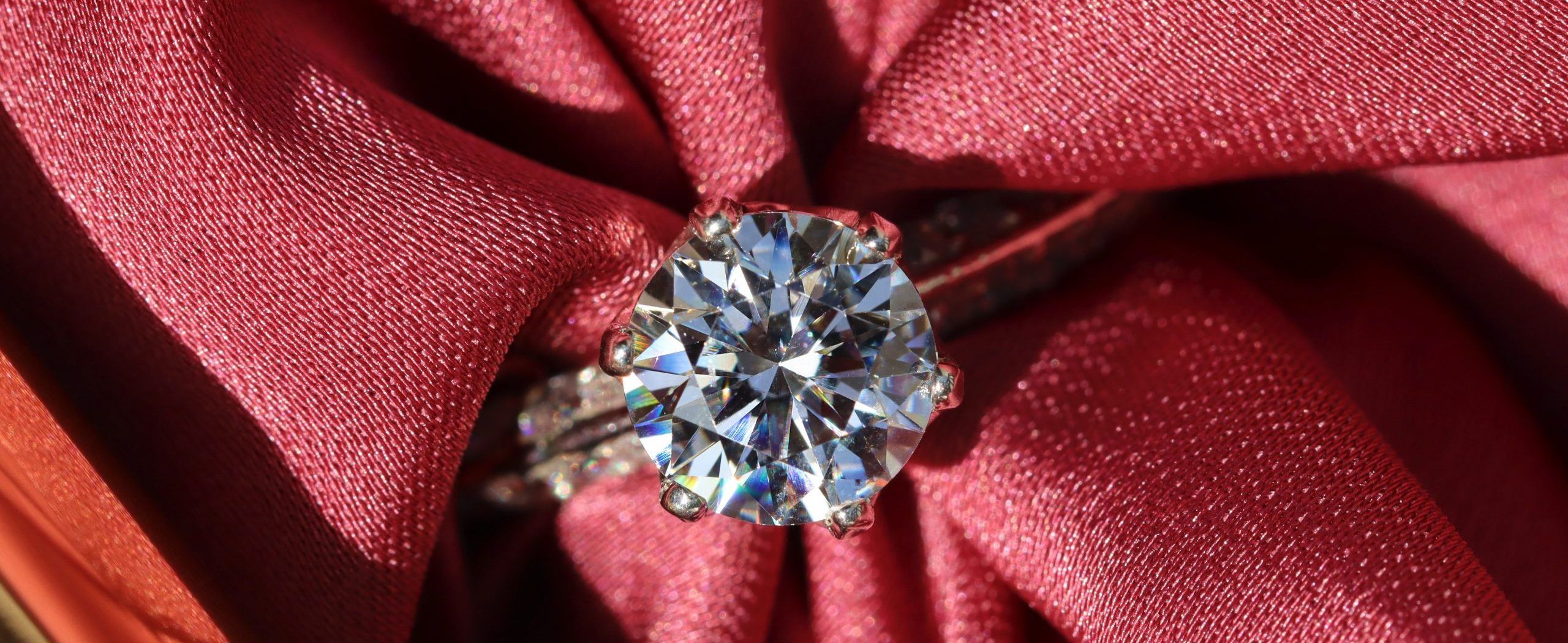Producers and consumers are banking on diamonds grown in laboratories for their ethical, sustainable and financial implications.
There is no industry today left unscrutinised by concerns for sustainable and ethical business practices, and you can bet your diamonds that these issues have made their way into the jewellery space. For an industry historically plagued by environmental and human exploitation, lab-grown gemstones have cropped up as an attractive alternative to their earthed counterparts. Theoretically, formulating diamonds in a safe and controlled laboratory to the exact specificities required can enable producers to guarantee a high quality product free from conflict and exploitation.
Lab-grown diamonds are no recent invention. In the 1950s, General Electric created the first world’s non-natural diamond in their labs, spending the following two decades perfecting it to gemstone-quality. It has taken this long, however, for lab-manufactured gems to finally make it to the mainstream consumer’s market. Last year, lab-grown diamonds accounted for 10 per cent of global diamond jewellery sales, up from just 2 per cent in 2018. Market research firm Allied Analytics LLP estimated that the global lab-grown diamond market will reach US$50 billion by 2030.
The US leads this demand by far, representing nearly 75 per cent of the market. On top of that, it is the younger buyers who are spearheading the demand, as the stigma of buying lab-made diamonds, which are less costly than mined diamonds, tends to weigh less on the newer generation. Additional factors such as inflation and the fact that most diamonds are purchased as engagement rings by the under 40 age group further corroborate this picture of a steadily rising demand for lab-grown diamonds by a new generation of consumers.
In terms of producers, China is predictably the world’s largest producer of lab-grown diamonds, with India trailing behind in second. These two powerhouses for lab-grown diamonds have been instrumental to the falling costs of diamonds. Just to give you an idea of how affordable lab-grown diamonds can be, in India where the CVD (Chemical Vapour Deposition) method of creating diamonds in a lab is favoured, production costs have fallen to US$300–500 per carat, compared to US$4,000 per carat in 2008. Even Pandora’s CEO, Alexander Lacik, has said that lab-grown diamonds can be offered at as little as a third of the price of mined diamonds.
Despite the enticing prices, the ethical implications, and that “lab-grown” implies near identical simulation of a product at a molecular level, stigma or at least doubt against lab-grown anything naturally arises among consumers. Explaining lab-grown diamonds in simplistic terms: as naturally-occurring diamonds are formed via immense pressure beneath the Earth’s crust over long periods of time, lab-grown diamonds are treated chemically to induce a similar state of pressure—but in a much shorter turnaround time. The differences between lab-grown and natural diamonds cannot be seen with the naked eye, though ultimately trained gemologists can discern which is which upon close inspection. There’s also no denying the “harder to come by” nature of natural diamonds validates their greater value and eligibility for resale. That said, it isn’t accurate to refer to a lab-grown diamond as “synthetic” either, as both types of diamonds are made from pure carbon.
Another reason consumers may be on the fence with lab-grown diamond, especially the mindly informed ones, is because it’s inconclusive whether manmade diamonds will be the game-changing sustainable alternative to mined diamonds as they’re slated to be. While issues such as traceability and ethical sourcing can more or less be addressed with growing diamonds in labs, lab-grown diamonds do require a lot of energy to produce. Without clear regulations as of yet, it’s difficult to predict how individual labs will opt to generate the energy required for operations, though it’s also hard to fathom that the carbon footprint would be worse than that of traditional mining.
Nevertheless, lab-grown gems are having their moment right now in the post-pandemic world. Perhaps the biggest endorsement of lab-grown gems came last year when Pandora, the world’s largest jeweller, made headlines for announcing that all its diamonds would be lab-grown. To address in particular the environmental concerns, Pandora has said that its lab diamonds would be made using only renewable energy.
Other well-known luxury brands making an attractive case for lab-grown diamonds include De Beers, which has suffered dwindling demands for mined diamonds since 2018, and watchmakers Breitling and Tag Heuer, the latter of which proudly put out into the market a US$360,000 watch featuring lab-grown diamonds. Tag Heuer’s mothership, LVMH, has further shown interest in the matter by investing million of dollars in Israel-based Lusix, a 100 per cent solar-powered producer of lab-grown diamonds.
Niche jewellery brands with cult-followings like Dorsey and Vrai, too, are capitalising on lab-grown diamonds, making them a hot trend in celebrity circles. Diamond Foundry, which is the owner of Vrai and the largest producer of lab-grown diamonds in the US, is 100 per cent hydro-powered and prides itself on its zero-emissions lab diamonds. Some of Vrai’s famous clients and wearers include Emma Watson, Jessica Alba, Selena Gomez, and Olivia Wilde.
Across the board, diamond and jewellery experts don’t view lab-grown diamonds as a threat to the mined gemstone industry, with many encouraging for the two to exist and create value side-by-side for the diamond industry as a whole. Marty Hurwitz, founder of The MVEye research firm, which specialises in the jewellery market, explains that “right now demand for lab-grown diamonds is through the roof and the only thing holding it back is supply.” Ultimately, it’s about making diamonds more accessible to a whole new consumer demographic, without compromising the experience of those who value and collect organic diamonds. To each their own.




